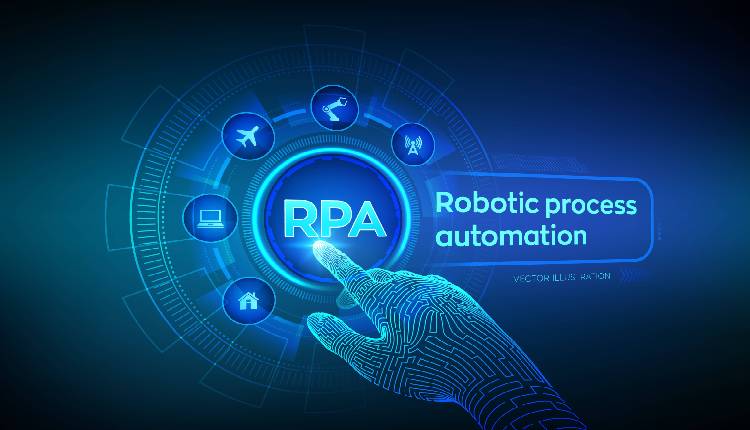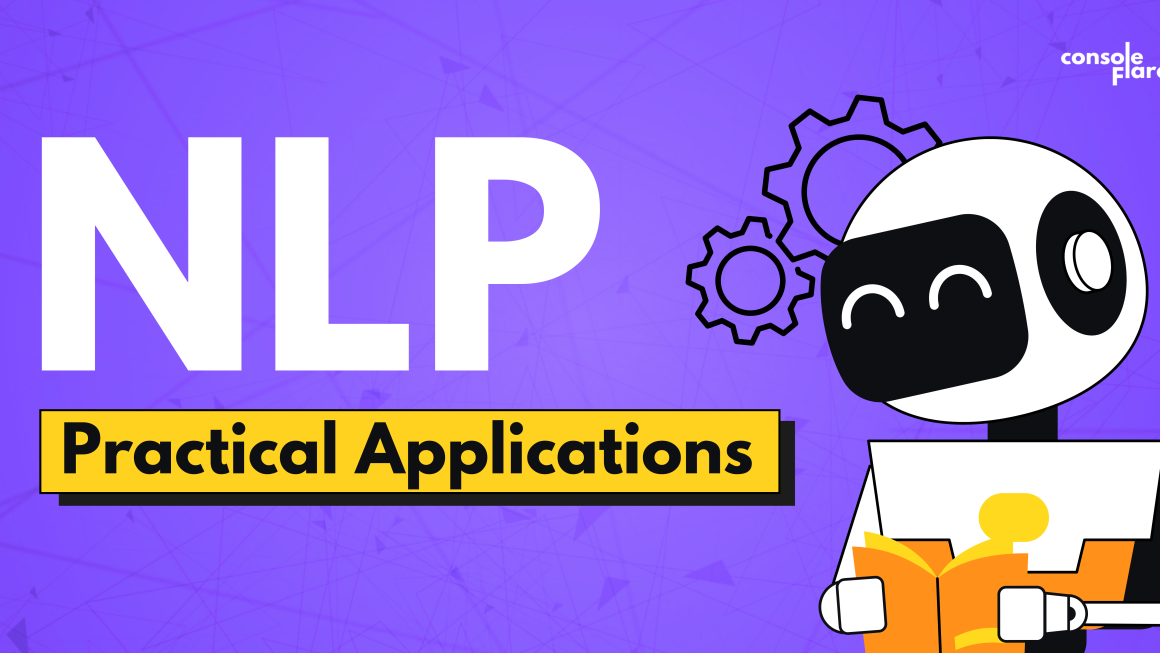As Robotics Process Automation (RPA) continues to catch the fancy of many large and small enterprises alike, a more pertinent question in the form of RPA eating into human jobs and emerging as a viable alternative to manual intervention is being raised.
Robotics Process Automation (RPA) was introduced specifically to automate routine and standardized tasks to free up employee bandwidth so that they could focus on the core business objectives. At the very root was the need to churn out high volumes and execute activities that were highly transactional in nature, while simultaneously delivering cost benefits. After all, the efficacy of processes and functions largely depends on the human inputs that come at different stages of the work lifecycle. This implies that for operations to traverse seamlessly from one milestone to the other, human intervention is paramount.
Why Robotics Process Automation Is Not a Threat
Without the monitoring of a human being, an RPA is not capable of carrying out a specific job role in a company. Alterations have to be implemented from time to time in order to cope up with the change. Thus, RPA is a blessing in ways that can increase efficiency and reduce cost. However, in the changing environment, RPA carries out the processes monotonously with ease and can act as a threat to humans as business development can be hampered in the long run.





